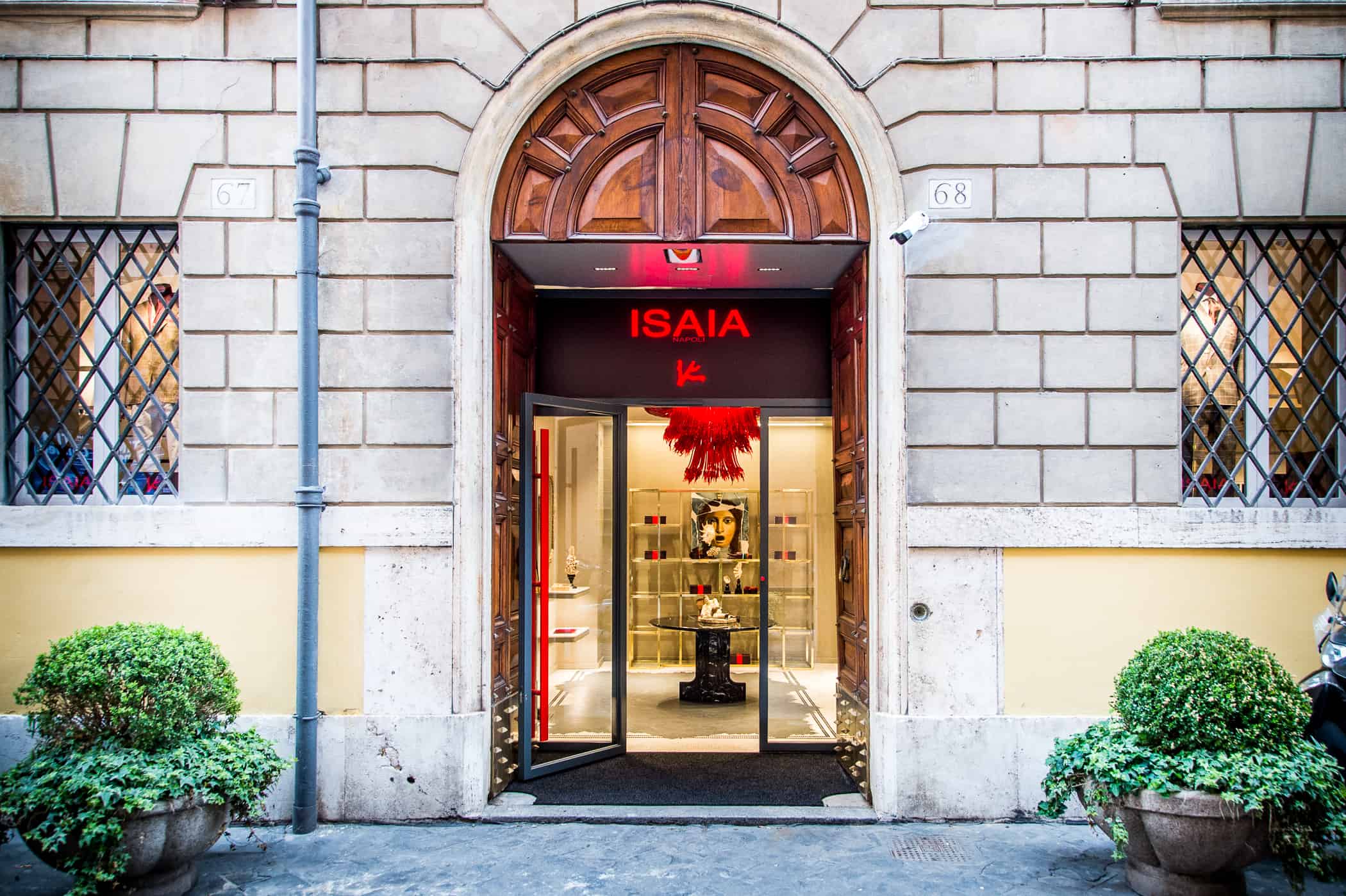ISAIA CELEBRATES OPENING OF ITS FIRST LOCATION IN ROME


Located at 68, Via Bocca di Leone, the Rome boutique marks the brand’s third store in Italy, following the legendary stores in Milan and Capri. Located near the base of the iconic Spanish Steps, this store brings a taste of Napoli to Rome.
Gianluca Isaia, third generation CEO, said, “We are proud to bring our Neapolitan heritage and personality to Rome. For the brand, it is a great moment to have a home in one of the oldest cities in existence with such a rich history.”
Designed by Ferrari Architetti and decorated with art and artifacts sourced by interior designer, Alberta Saladino, the store’s design and architecture is consistent with the rest of its global locations. Totaling 200 square-meters (approximately 2,152 square-feet) of space, the store features unique furniture and design elements from the Bay of Naples.
[metaslider id=”148562″]
The layout of the store is divided into five main areas highlighting the brand’s full luxury lifestyle offerings, including; sportswear, tailored clothing, a made-to-measure room, an open tailor shop, and the iconic “Vesuvio” VIP room. Adding to the playful, eccentric nature of the brand is a pool table as well as a red lacquered piano, each of which have been customer favorites in Isaia’s other stores around the world.
The building itself is a historic 17th century palace built in subsequent phases, with the last important renovations occurring in the 19th century. Isaia’s boutique is located on the ground floor, where a conservative restoration has been realized to maintain the original decorations, such as the vaults and the wooden front door.
“We have always prided ourselves on the idea of ‘contemporary tradition’ – a concept that comes to life in Rome with the blend of the old (ancient) city, and the new,” continued Isaia. “We have accomplished that here, bringing together the ‘Ue U’e of Napoli, with the ‘Ao’ of Rome.”


